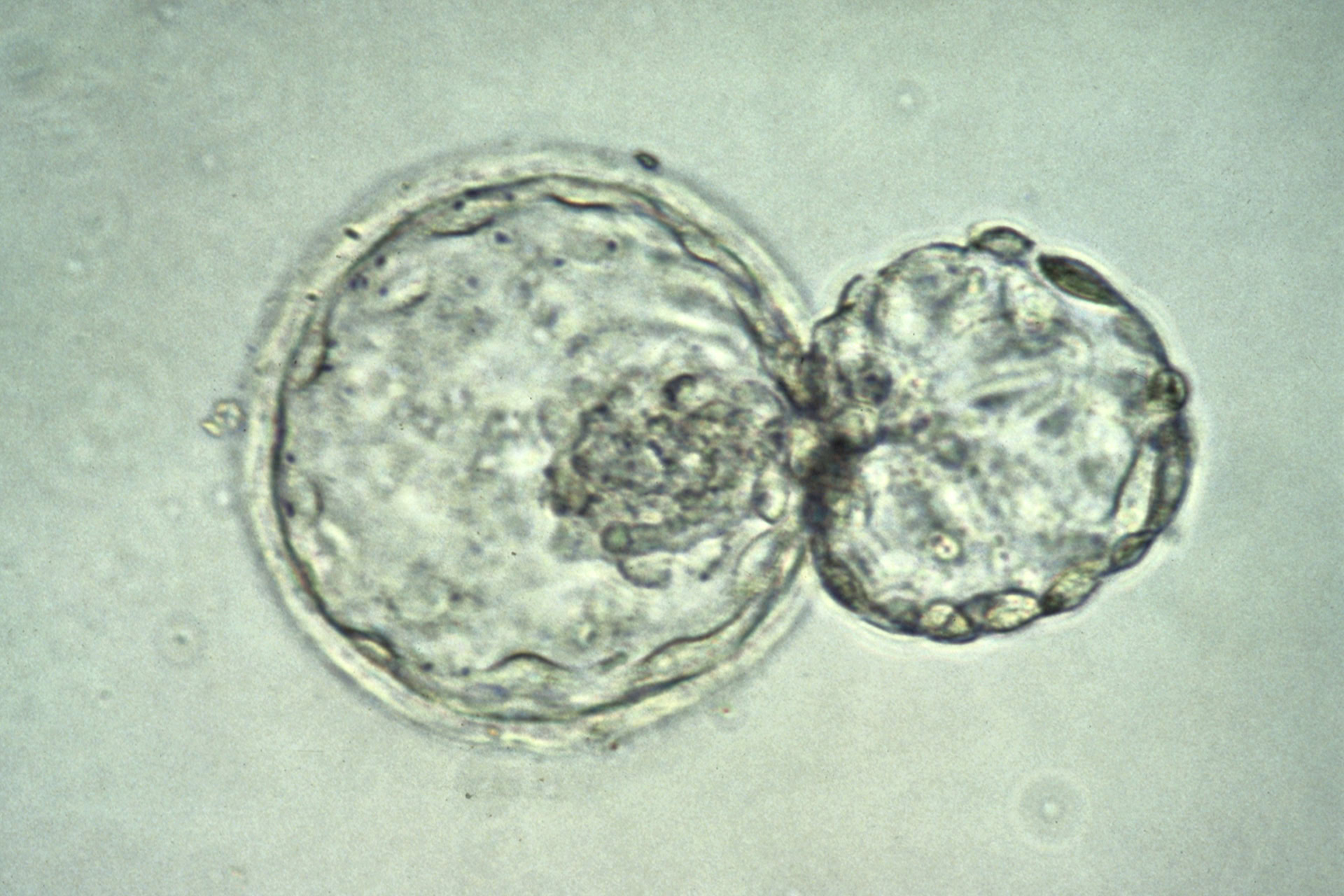Human stem cells have been used to create networks of blood vessels in mice that functioned for nine months.
A team of scientists from Massachusetts General Hospital started with human induced pluripotent stem (iPS) cells), and transformed these into vascular precursor cells by adding a combination of protein molecules. These precursor cells were then implanted onto the surface of the brains of 25 mice.
Within two weeks of implantation, the precursor cells had formed networks of blood vessels that functioned as well as the existing vessels. The researchers also found that the artificial vessels were durable, surviving for up to 280 days.
'The discovery of ways to bring mature cells back to a "stem-like" state that can differentiate into many different types of tissue has brought enormous potential to the field of cell-based regenerative medicine, but the challenge of deriving functional cells from these iPS cells still remains', said Dr Rakesh Jain, director of the Steele Laboratory for Tumor Biology at Massachusetts General Hospital and co-author of the study. 'Our team has developed an efficient method to generate vascular precursor cells from human iPS cells and used them to create networks of engineered blood vessels in living mice.'
The scientists also implanted vascular precursor cells under the skin of mice. This experiment also generated functional blood vessels, but five times more precursor cells were required and the vessels were short-lived.
The ability to repair or grow new blood vessels could be useful in treating conditions such as cardiovascular disease, a major health risk in the UK. Study coauthor Dr Rekha Samuel said: 'The potential applications of iPS cell-generated blood vessels are broad - from repairing damaged vessels supplying the heart or brain to preventing the need to amputate limbs because of the vascular complications of diabetes'.
The technique may also be of use in tissue engineering, since providing a vascular supply to artificial tissue is a major obstacle in the production of whole organs. However, Dr Samuel noted that long term safety issues regarding the use of these cells still need to be addressed.
Additionally, the researchers found that iPS cells derived from patients with type 1 diabetes had the ability to generate functional, long-lasting blood vessels. However, these stem cells showed differences in their cell-generating potential, meaning that further research is needed to understand the underlying mechanisms.
The study was published in the journal PNAS.






Leave a Reply
You must be logged in to post a comment.